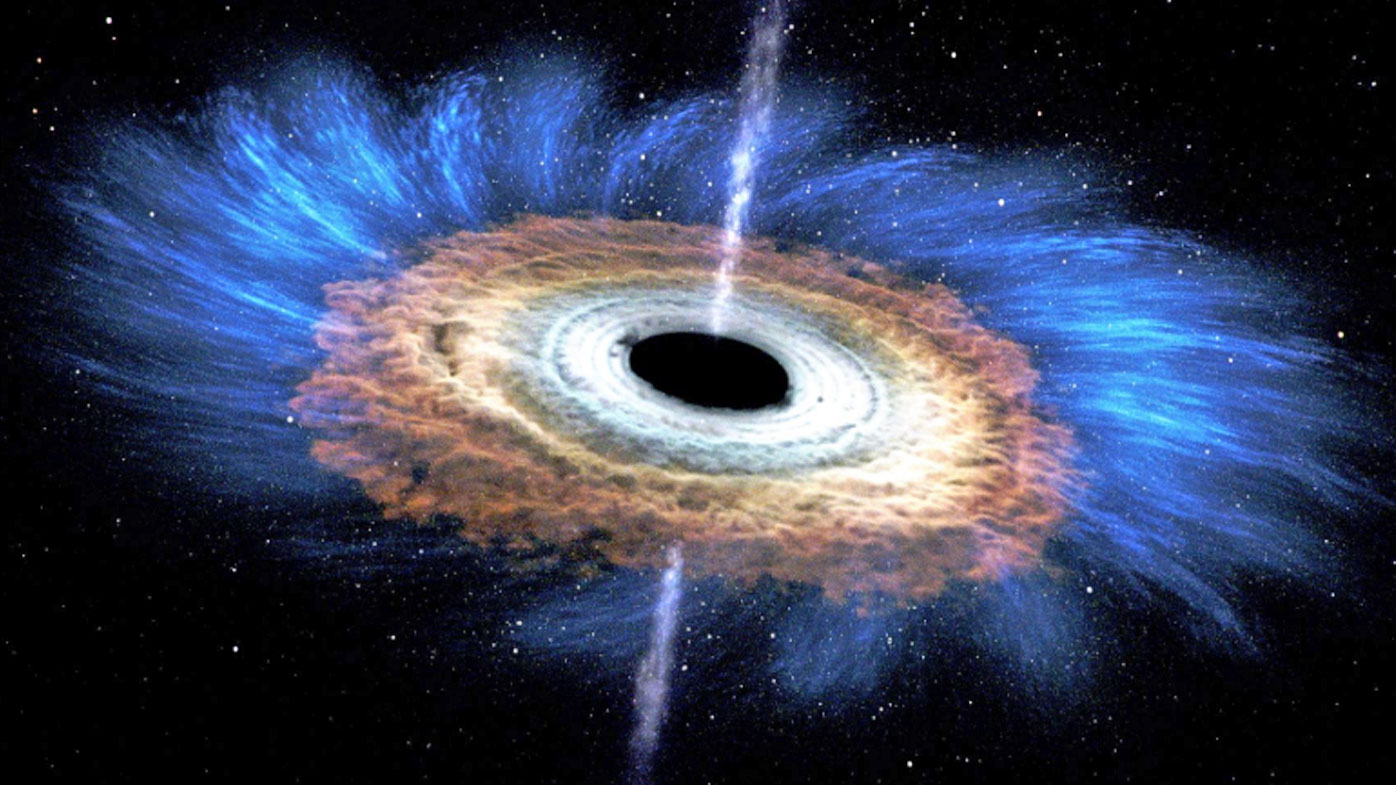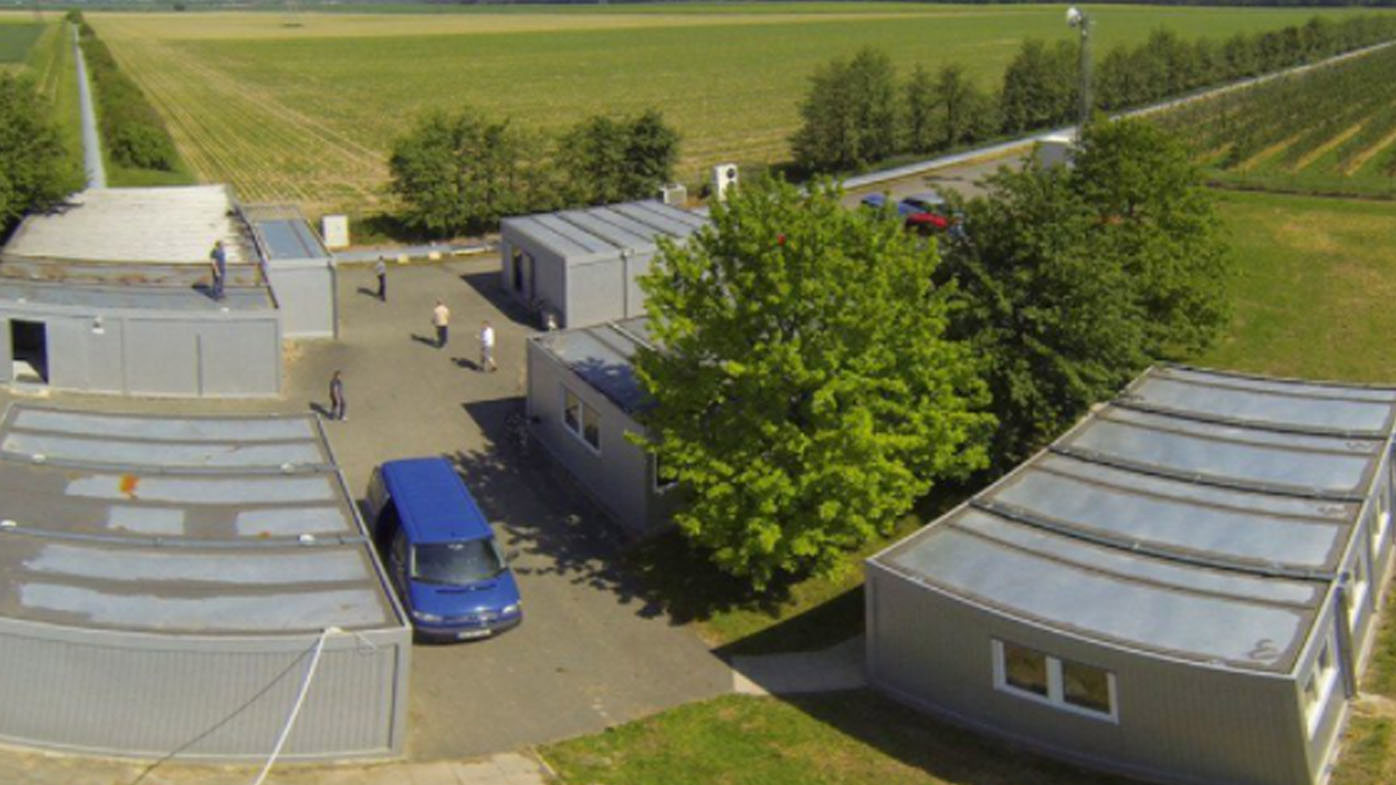Two collisions between a neutron star and a black hole have been detected by scientists in the period of 10 days.
Astronomers have predicted that such strikes would happen, but did not know how often.
The results have triggered speculation that theories about how stars and galaxies form may need to be rewritten, the BBC reports.
READ MORE: US-China rivalry is extending from Earth into space

Vivien Raymond, from Cardiff University in the UK, said that the shock results were ''fantastic''.
"We have to go back to the drawing board and rewrite our theories," Professor Raymond said.
"We have learned a bit of a lesson again. When we assume something we tend to be proved wrong after a while. So we have to keep our minds open and see what the universe is telling us."
Black holes are astronomical objects that have such strong gravity, not even light can escape. Neutron stars are dead stars that are incredibly dense. A teaspoonful of material from a neutron star is estimated to weigh around four billion tonnes.
But black holes have tremendously more power.
In the first collision, detected on January 5, 2020, a black hole six-and-a-half times the mass of the Sun crashed into a neutron star that was 1.5 times more massive than Earth's parent star.
READ MORE: How much does it cost to go to space with the world's richest man?

Then in the second astronomical smash-up, picked up only 10 days later, a black hole of 10 solar masses merged with a neutron star of two solar masses.
Scientists detected the two collisions by monitoring gravitational waves - or giant ripples in space - formed when two objects strike each other.
Both events are significant because up to now theories say neutron stars tend to be found with - and collide into - other neutron stars. And the same should be true of black holes.
But the two neutron star-black hole collisions study, published in the Astrophysical Journal Letters, may challenge this.
Instead, it may give credibility to alternative theories, which hold that black holes and neutron stars are found alongside each other.
These concepts imply that stars and galaxies formed in different ways and challenge conventional opinions about of the cosmos was born.
READ MORE: Where to find the 'magical' southern lights

Sheila Rowan, of Glasgow University in the UK, said new observations were revealing more complex structures inside the galaxy.
"All this is giving us a rich picture of stellar evolution. This latest observation is another first for us in our understanding of what is out there in the universe and how it came to be the way it is," Professor Rowan said.
from 9News https://ift.tt/3hic5ym
via IFTTT


0 Comments